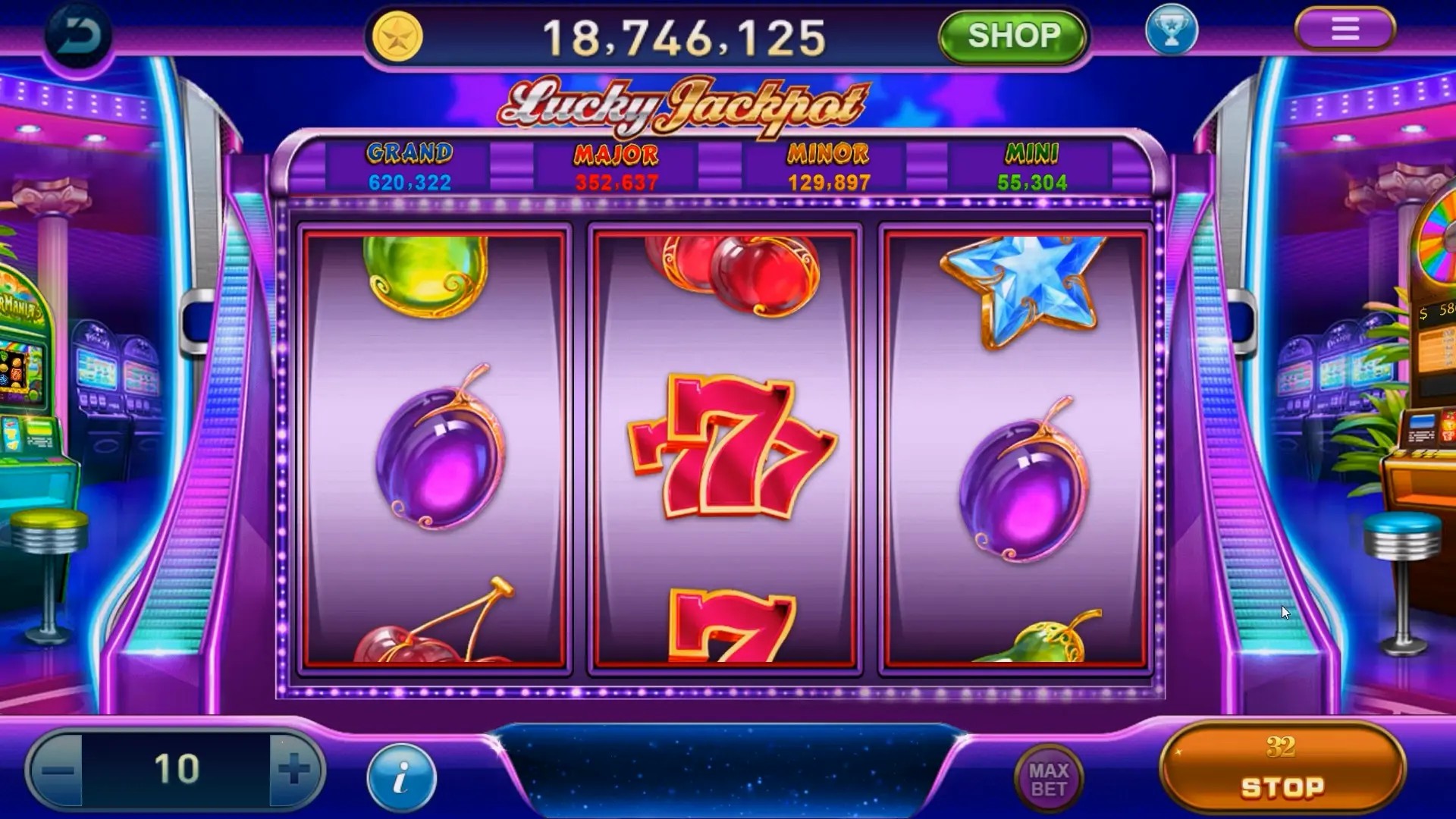Why Idle Games Are Taking Over the Hyper Casual Games Market: A Deep Dive
In recent years, there's been a significant shift in the gaming industry where idle games have surged in popularity, particularly within the realm of hyper casual games. What’s the reason behind this takeover? Join us as we explore the factors fueling this trend, shedding light on user engagement, development simplicity, and the immense appeal of these games.
1. What Are Idle Games?
Idle games, often referred to as incremental games, are those that allow players to progress through the game even when they aren’t actively playing. Sounds interesting, right? These games can involve characters collecting resources, managing virtual businesses, or exploring vast worlds—all while you're away.
2. The Appeal of Hyper Casual Games
Hyper casual games are characterized by their straightforward mechanics, quick play sessions, and minimalistic design. They capture the essence of instant gratification, making them accessible and enjoyable for a broad audience. The simplicity means anyone can quickly pick up and play, opening the doors to diverse demographics.
3. Idle Games: A New Spin on Hyper Casual
You might wonder: how do idle games fit into the hyper casual category? The answer lies in their ability to provide continuous engagement without the need for constant player input. They’re perfect for those looking to be entertained without making a significant time commitment.
4. User Engagement: A Game Changer
The retention rates of idle games are astonishing compared to traditional hyper casual games. Players return to check on their progress, collect rewards, and plan their next moves—all while feeling a sense of achievement.
This creates a cycle of engagement that traditional games struggle to replicate.
5. Simplicity in Development
From a developer's perspective, creating idle games is often less resource-intensive. Many of these games can be built on simple mechanics, which makes it easier to produce and iterate upon them. For budding developers and seasoned pros alike, the low barrier to entry is exceptionally appealing.
6. The Social Element
Interestingly, many idle games incorporate social features that foster community interaction. Players often share their achievements, trade tips, and can sometimes compete against friends in leaderboards. This fosters a sense of camaraderie and encourages while keeping a competitive edge in the fold.
7. Monetization Strategies That Work
Idle games offer unique monetization opportunities. In-app purchases, ads, and rewards can keep players engaged and generate revenue. Their monetization strategies cleverly blend seamlessly with gameplay, ensuring players stay entertained without feeling bombarded by sales pitches.
8. Thriving Communities and Trends
The community around idle games is vibrant and growing. Online forums and social media platforms buzz with discussions about strategies, updates, and new releases. Gamers are interested in what’s next and willing to share their experiences, contributing to the growing trend of these games.
9. Future Predictions for Idle Games
As the mobile gaming market expands, so does the potential for idle games. Predictions suggest that their popularity will continue to rise, spurred by innovative concepts and enhanced gameplay experiences. Developers will likely tap into new technologies, such as augmented reality or cross-platform capabilities, to keep players engaged.
10. The Intersection of Idle and Strategy
Idle games often blend strategy elements into their gameplay. Players need to make strategic decisions about how to progress, which adds depth and keeps them invested long-term. This intersection satisfies gamers looking for a more thought-provoking experience while still maintaining the ease of play associated with hyper casual games.
11. A Kingdom of Plants: Crossword Puzzle Examples
Similarly, idle games can have themes just like other casual games. For instance, a kingdom of plants crossword puzzle can engage players in botanical adventures while collecting resources and managing their plant kingdom.
12. Cooking Up New Concepts
Similar to dishes that complement a baked potato, like veggies that go with baked potato, idle games can easily adapt themes to fit various audiences. Whether it's farming, cooking, or other themes, the adaptability of idle games ensures they can resonate with many types of players.
13. Key Takeaways: What's Driving the Change?
- Engagement and retention rates are higher in idle games.
- Development is more straightforward and cost-effective.
- Strong community interaction enhances player experience.
- Innovative monetization methods ensure profitability.
- The genre is adaptable and can blend with other gaming elements.
14. Conclusion: An Exciting Future Ahead
In summary, the rise of idle games is reshaping the landscape of hyper casual gaming. Their ability to deliver engaging experiences in a simple, accessible format resonates with a broad audience. With ongoing innovation and a thriving community behind them, the future of idle games looks incredibly promising. Will you join the wave of this gaming revolution?



